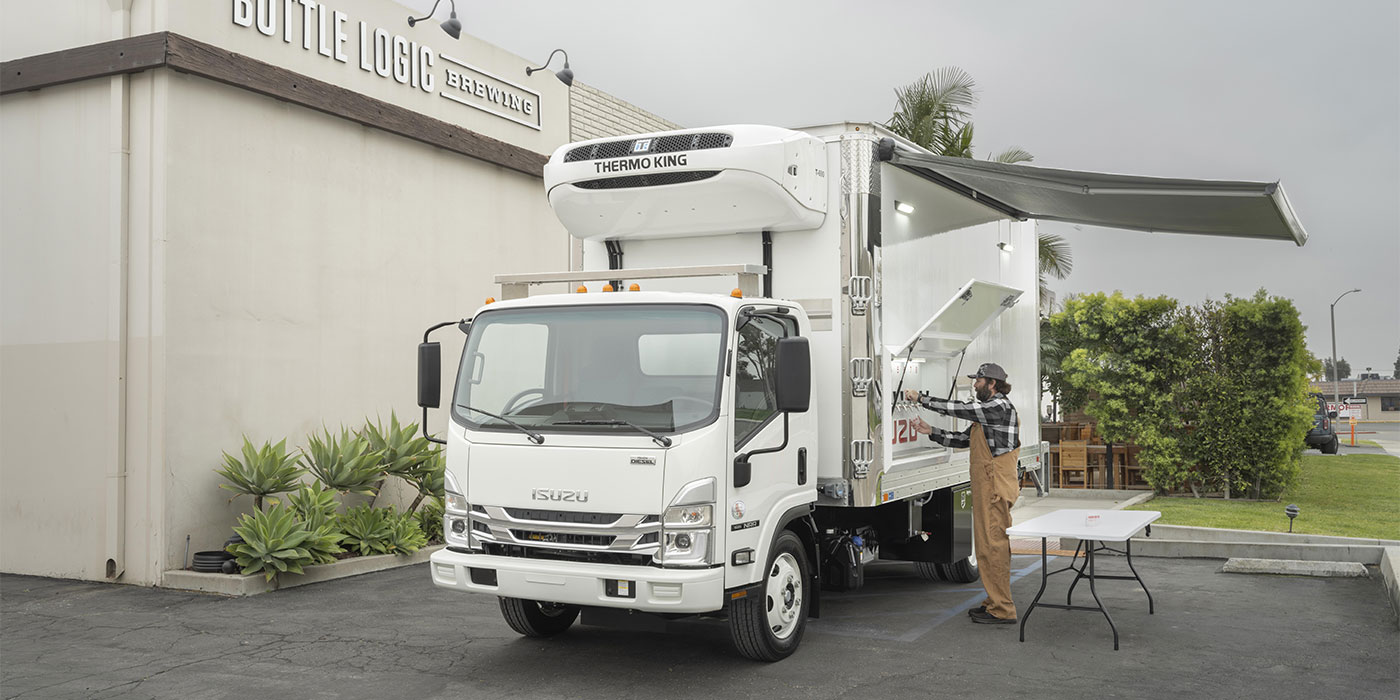The Federal Motor Carriers Safety Administration (FMCSA) has officially rolled out its new Comprehensive Safety Analysis (CSA) program. Commercial trucking fleets need to fully understand all of the rules and regulations of CSA that will affect your fleet’s tire program.
Commercial fleets cannot afford to be penalized for the results of a poor tire maintenance program. Let’s take a closer look at the violations and points associated with tire issues.
Tires that are damaged or flat have a rating of eight (out of 10). If the lowest measured tread depth is below the legal limit of 4/32nds for steer tires and 2/32nds for drive/trailer tires, there is also an eight-point penalty. If any tire is found to be underinflated, a severity level of three is the penalty.
There still is a big question regarding underinflated tires: When is a tire considered underinflated? Industry standards regarding tires currently say when a tire is 20% under the recommended inflation pressure, that tire is considered “flat.” But there is no clear definition as to the magic number for how much a tire is underinflated before you get three points deducted. Whether this is two psi, five psi, 10 psi or even more will have to be clarified by CSA.
Also consider the accuracy of the tire pressure gauge used by the “checker.” Tire pressure gauges are not very accurate; they provide +/-3% readings when they are brand new out of the box. As a pressure gauge wears, the spring tension changes and the accuracy decreases even further. And what about a “hot” tire, since the air pressure in truck tires increases about 15% when they are hot?
Here’s an example of an underinflated tire calculation (assume similar recent events occurred within the last three months):
• Three points for underinflated tire
• Two additional points since tires fall under the maintenance category
• Add three plus two and multiply by three, since the events occurred within the last three months
• The total is 15 penalty points
A fleet rating is determined by doing similar calculations for all BASIC categories. You can see that the points can rapidly add up for even a single underinflated tire. Because of this fact, it is now time to reevaluate your current tire pressure program. Tires will need to be monitored much more closely. Inside dual tires, both tractor and trailer, are typically the underinflated tires on any vehicle because they require more work to check. Bending down and reaching inside the wheel hand hole is not a lot of fun – you get dirty and your back hurts. Checking tire pressures once a month or at PM’s is no longer going to be sufficient.
Tires lose air from tire osmosis (1-3 psi/month), leaking valve core/stem, nail punctures or damage. Fleets will need to be working more closely with drivers, technicians and their tire vendors to ensure that tires are running at the correct tire pressure.
Since tire issues will now be included on both the fleet and driver’s record, drivers will not want to be driving equipment with tires that are underinflated. Good drivers are difficult to find and to keep. Drivers will want to hire-on with fleets that have a serious tire program to prevent being penalized by CSA.
CSA will actually generate two types of reports. The first report is related to the fleet, while the second report is about its drivers. These two reports are based on input data from roadside inspections and crashes.
The driver report will help a fleet in its driver recruitment efforts. If a driver worked for five different fleets in the last four years and had an incident or accident at each of those carriers, all of that information will be available for a fleet to review prior to deciding if this driver would be a good candidate for its operation. CSA will not have the power to revoke a driver’s CDL based on the score generated in the report; only a state can revoke a CDL. However, driver intervention will take place when a specific driver’s score is in the lowest 10th percentile as compared with other drivers.
The second report is the overall fleet report, which gives a point total and lets the fleet know where it stands relative to similar fleets. When a fleet reaches the bottom tier, the intervention process begins.
As you can tell, CSA is a changing program. You can download the most recent version – a 95-page PDF – by visiting csa2010.fmcsa.dot.gov. Take advantage of understanding the entire CSA program so you can support fleets when it comes to tires.













